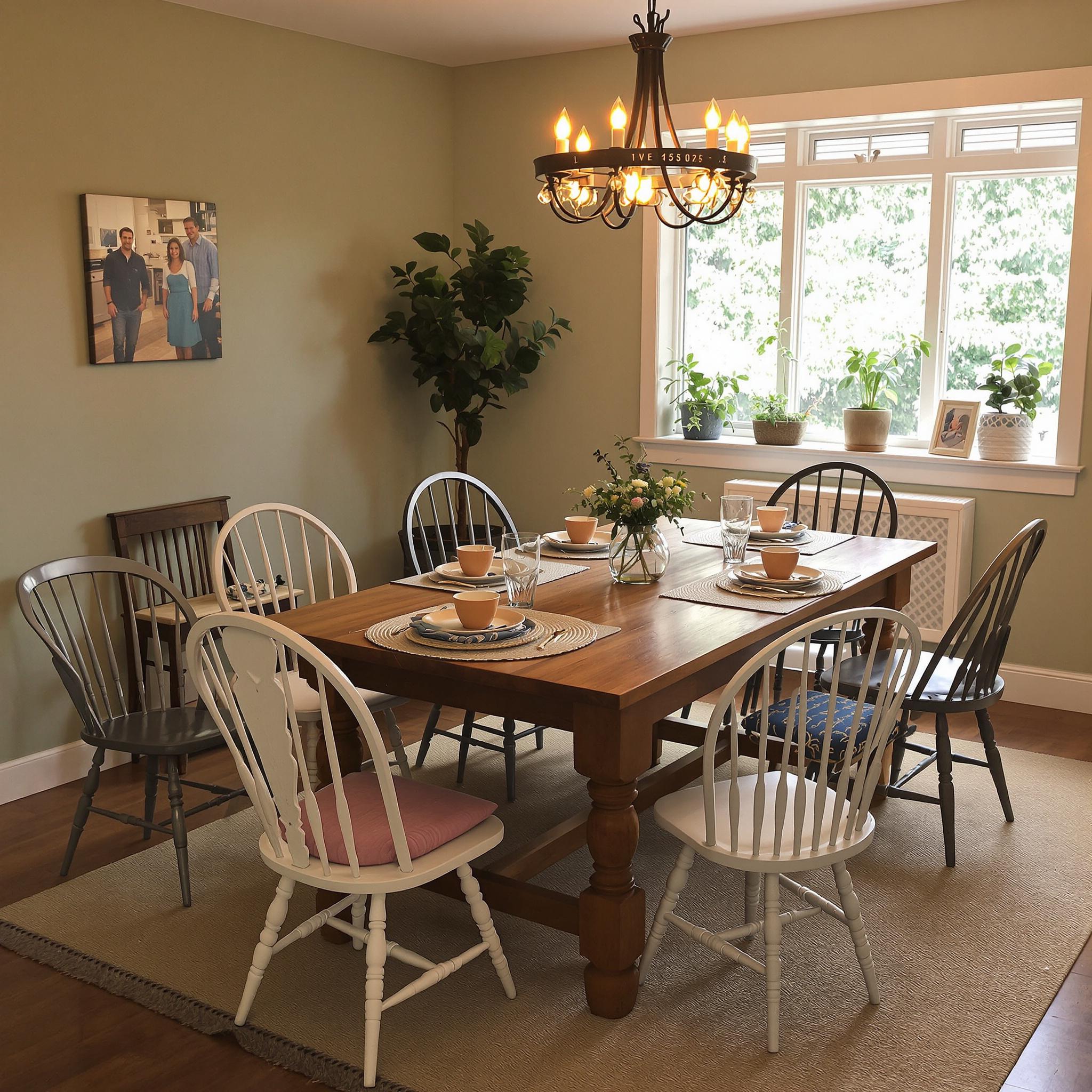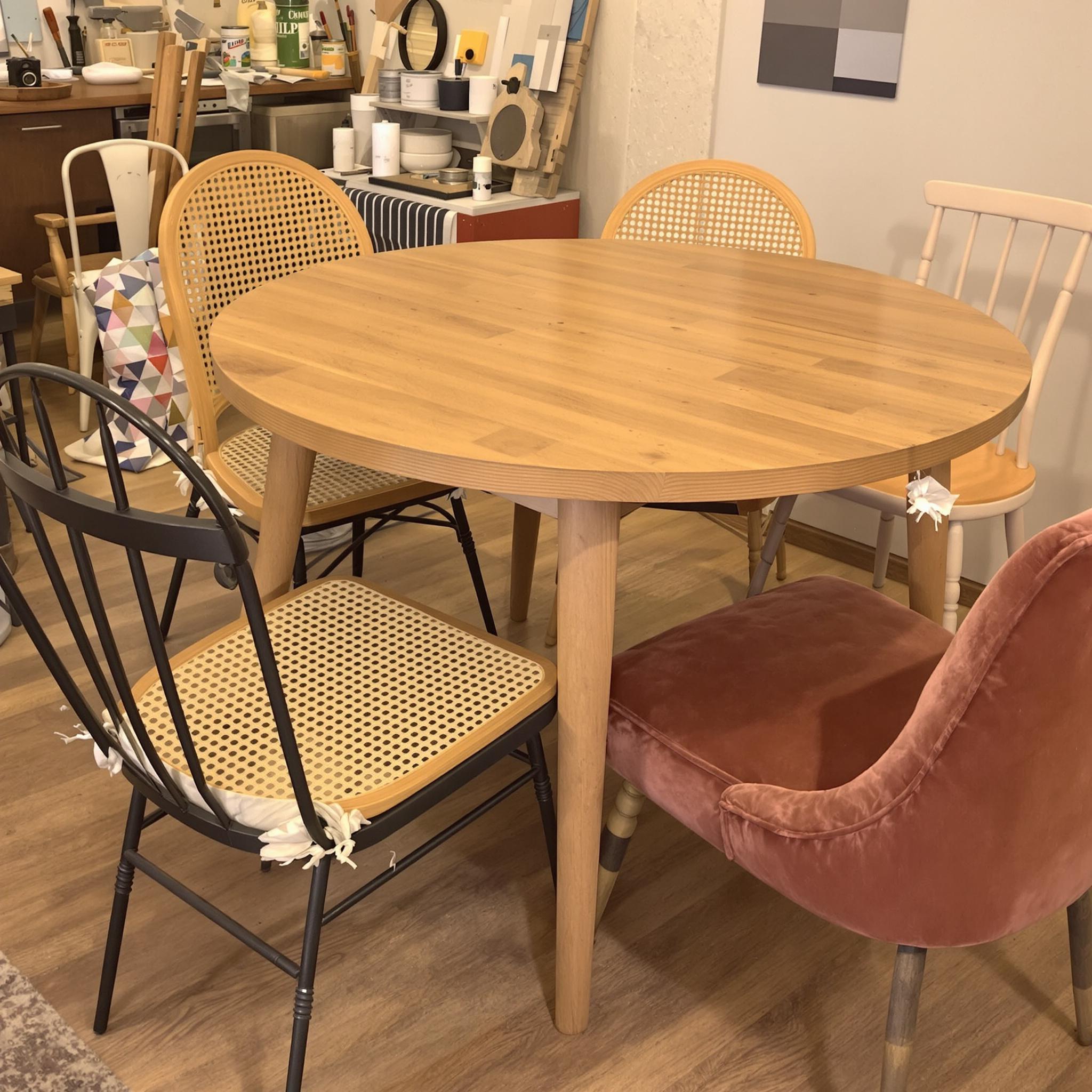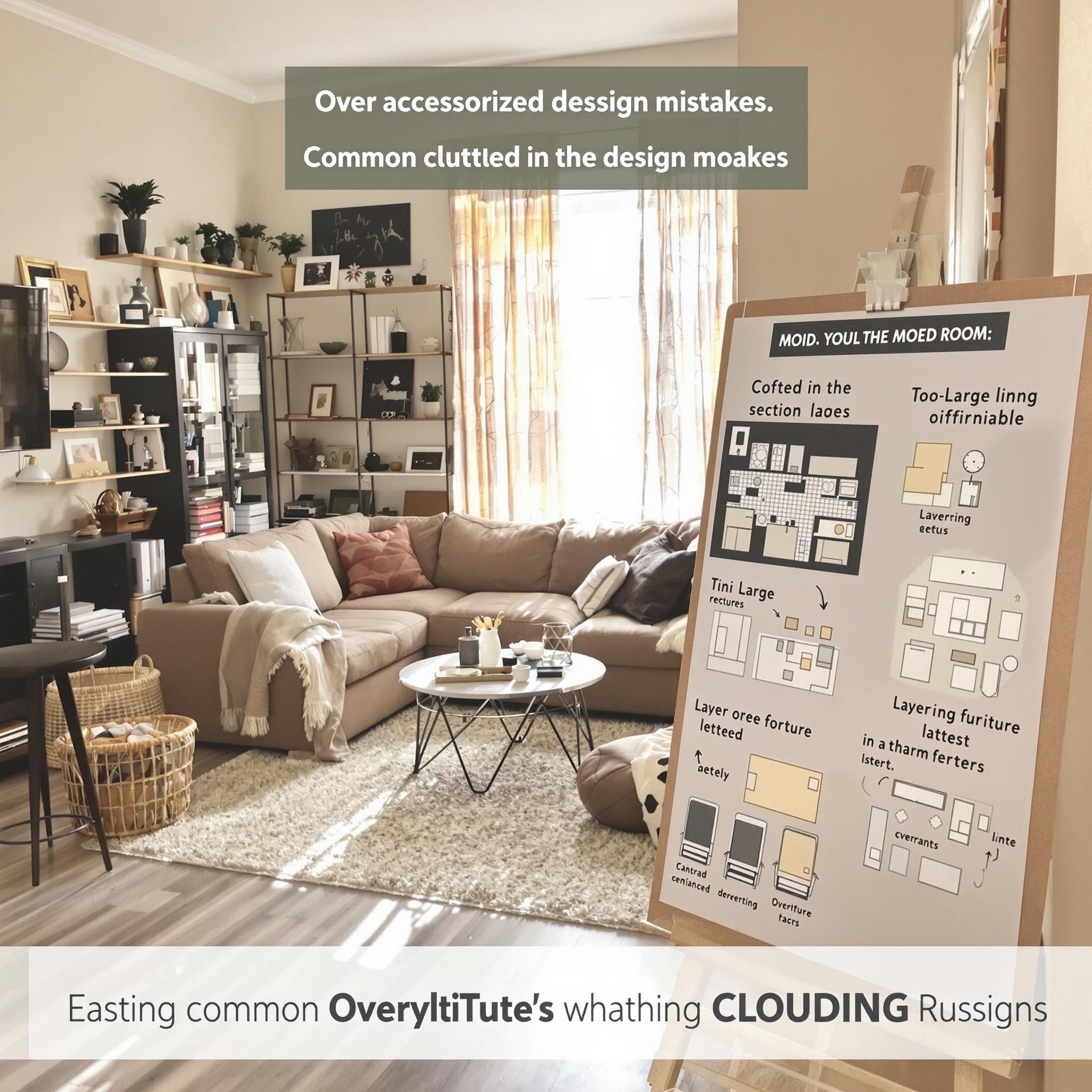What is Mixing and Matching Dining Chairs?
Mixing and matching dining chairs means using different chair styles at one table. This approach breaks away from traditional setups. It adds personality and flair to your dining space. Think of it as a way to express creativity. You don’t need to stick to one design or color. Instead, you mix shapes, textures, and finishes for a unique look.
I once visited a friend’s home. Her dining area had mismatched chairs. Each chair told its own story. The mix made the room feel warm and inviting. It wasn’t chaotic—it was cohesive. That’s the magic of this concept. Done right, mixing chairs creates balance.
Why Choose Mixed Dining Chairs?
There are many reasons to try this trend. First, it lets you use what you already own. Maybe you have old chairs collecting dust. Mix them with new ones for a fresh vibe. Second, it saves money. Buying a full set can be pricey. Mixing allows you to shop smart.
- Adds visual interest
- Reflects personal style
- Makes small spaces feel bigger
- Works with any decor theme
Mixed chairs also adapt to life changes. Need a kid-friendly chair? Swap one out. Hosting guests? Add extra seating without a full set. Flexibility is key here.
How to Make Mixed Chairs Look Good
Start with a unifying element. This could be color, material, or shape. For example, all chairs might share the same wood tone. Or they could have similar seat cushions. A common thread ties the look together.
Balance is important too. Pair bold chairs with simple ones. If one chair has intricate details, keep others plain. This avoids overwhelming the eye. I once paired a sleek metal chair with rustic wooden ones. The contrast worked because the colors matched.
Here’s another tip: Stick to an odd number of chairs. Odd numbers feel more natural. They guide the eye around the table. For instance, five chairs often look better than four.
Benefits of Mixing Dining Chairs
This trend offers practical perks. It makes rooms feel less formal. Families with kids find it especially helpful. No need to stress over matching scratches or stains. Each chair stands on its own.
It also sparks conversation. Guests notice mixed chairs right away. They’ll ask about your choices. This opens the door to sharing stories or memories tied to certain pieces. One chair in my dining room belonged to my grandmother. Its presence adds meaning to meals.
Beyond looks, this style promotes comfort. Not all chairs are created equal. Some have high backs, others low. Mix them to suit preferences. Everyone finds a chair that feels just right.
Common Mistakes to Avoid
Even simple ideas can go wrong. Don’t mix too many patterns or colors. This creates clutter instead of charm. Keep it simple. Two to three styles usually work best.
Avoid chairs that are too different in height. Uneven seating ruins the dining experience. Test chairs before buying. Make sure they fit under the table properly.
Another pitfall? Ignoring the table itself. Your chairs should complement it. A modern glass table pairs well with clean-lined chairs. A farmhouse table suits vintage or rustic designs. Match the scale of the chairs to the table size.
Where to Find Chairs for Mixing
Thrift stores and flea markets are gold mines. They offer affordable, unique pieces. Garage sales often hide gems too. Look for sturdy chairs with good bones. A fresh coat of paint can work wonders.
Online marketplaces like Facebook Marketplace or Craigslist are great options. Search for “dining chairs” in your area. You might score deals on single chairs or small sets. Estate sales are another treasure trove.
If you prefer new pieces, check discount furniture stores. Many sell individual chairs. This lets you pick exactly what you want. You’re not stuck buying a full set.
Tips for a Cohesive Look
Plan before you shop. Decide on a theme or mood. Do you want bohemian vibes? Go for rattan and bright colors. Prefer industrial chic? Try metal and reclaimed wood.
Consider your room’s layout. Small spaces benefit from slim, lightweight chairs. Large rooms handle bulkier designs. Scale matters when mixing furniture.
Experiment with placement. Arrange chairs in different spots. Sometimes switching positions improves flow. Rotate chairs until the setup feels right.
Adding Personal Touches
Your dining area should reflect you. Add cushions or throws to chairs. These soften hard surfaces and add pops of color. Choose fabrics that match your overall decor.
Incorporate sentimental items. Use chairs passed down through generations. Paint them to fit your style. This honors family history while staying current.
Don’t forget lighting. A statement chandelier draws attention upward. It balances the visual weight of mixed chairs below. Lighting completes the room’s look.
Seasonal Updates for Mixed Chairs
Switch things up with the seasons. Add holiday-themed cushions in winter. Swap seat covers for lighter fabrics in summer. Seasonal touches keep the space fresh.
Rearrange chairs occasionally too. Move bold pieces to different spots. This keeps the layout dynamic. It’s an easy way to refresh your dining area.
Plants also enhance mixed-chair setups. Place greenery around the table. Plants soften angles and add life. They blend beautifully with diverse chair styles.
Final Thoughts on Mixing Dining Chairs
Mixing and matching dining chairs isn’t just a trend. It’s a mindset. It encourages creativity and resourcefulness. There’s no right or wrong way to do it. Trust your instincts. Follow these tips, and you’ll create a dining space that’s uniquely yours.
Practical Tips and Strategies for Successfully Mixing and Matching Dining Chairs
When I first started mixing dining chairs, I thought it’d be easy. Just toss some cool chairs together, right? Wrong. But here’s the deal—it’s not impossible either. Once you get the hang of it, it’s actually kind of fun. Think of it like playing dress-up for your dining room. Let’s jump into some tips to help you nail this without making your space look messy.
First, think about size and balance. You don’t want a giant armchair at the head of the table with tiny chairs on the sides. It just feels off. That said, you can mix sizes if you do it carefully. A big chair at each end with smaller ones in between? Works great. I once bought a huge velvet chair that swallowed my small table whole. Yeah, that didn’t last long.
Here’s another tip: find one thing that ties them together. Maybe all your chairs have wooden legs or share the same color tone. I love using black metal accents—it gives everything a modern, pulled-together look. And don’t forget textures! Mix leather, wood, and fabric to add interest without going overboard.
Now, let’s talk about where to put the chairs. Placement matters. If you’re mixing styles, try alternating them or placing matching chairs across from each other. I made the mistake of putting all my wicker chairs on one side and upholstered ones on the other. It looked awkward. Aim for balance, even if things aren’t perfectly matched.
Don’t forget the style of your room. Your chairs should fit the vibe. Boho? Go for bright patterns and natural materials. Mid-century modern? Sleek lines and simple shapes. Farmhouse? Distressed wood and earthy tones. Pinterest is awesome for ideas, but don’t scroll too long—I’ve been there and ended up overwhelmed.
And hey, DIY projects can work wonders. Painting old chairs or reupholstering seats can make them stand out. I once added navy blue velvet cushions to plain wooden chairs, and they became the highlight of the room. Guests always notice them. Plus, it’s budget-friendly and adds personality.
Comfort matters too. No one wants to sit in an uncomfortable chair during dinner. Test them out before buying, especially secondhand. I once got a beautiful antique chair, only to realize it had no padding. Now it’s just decor. Lesson learned.
Mixing old and new can look amazing. Pair a vintage heirloom chair with something modern. It’s like giving your dining area a little history lesson while keeping it fresh. Just clean up older pieces before bringing them home. Trust me, I’ve dealt with dusty, smelly finds. Not worth it.
If you’re unsure, start small. Swap out one or two chairs instead of redoing the whole set. This way, you can test the look without committing fully. I tried replacing one chair with a quirky bench at our round table. Everyone loved it, and it gave me the confidence to keep experimenting.
Oh, and think about storage. If you’re rotating chairs or trying new combinations, have a place to stash extras. Tuck them under consoles or use them as decor elsewhere. I turned an extra chair into a plant stand in my living room. It’s functional and looks great.
Lastly, trust yourself. Your home should reflect *you*. Perfect matches aren’t necessary. In fact, imperfection often makes a space feel cozier. I tried following every design rule once and hated the result. When I relaxed and did my own thing, it finally felt right.
There you go—some solid tips to mix and match dining chairs like a pro. Whether you’re going bold or just testing the waters, these ideas will help you create a space that’s uniquely yours. Happy decorating!
Common Design Blunders You Didn’t Know You Were Making
Let’s be honest—designing your space can feel like tiptoeing through a minefield. One wrong move, and suddenly your living room feels off. Funny thing is, some mistakes are so subtle you might not notice until someone points them out—or you catch your reflection and cringe. Here are the most common slip-ups and how to dodge them.
First up: over-accessorizing. It’s tempting to cram every corner with knick-knacks, but too much stuff makes a room chaotic. I learned this the hard way when my coffee table turned into a shrine of candles, books, and tiny figurines. At first, it looked Pinterest-worthy, but after a week, it just felt messy. The truth? Less is more. Stick to a few meaningful pieces that tell your story instead of overwhelming the space.
Another big one? Ignoring scale and proportion. Ever walk into a room where the furniture looks like it came from a dollhouse—or worse, a giant? That’s what happens when scale goes out the window. A huge sectional in a tiny living room swallows the space, while a skimpy rug under a dining table feels awkward. My advice? Measure twice, buy once. Snap a photo of your space before shopping—it helps you visualize how things will fit.
How to Keep Your Design Cohesive Without Losing Your Mind
Cohesion doesn’t mean everything has to match perfectly. Spaces that are *too* coordinated can feel cold or impersonal. The key is balance—a mix of textures, colors, and styles that work together without feeling forced. Think of it like making a playlist: variety is good, but there should still be a vibe tying it all together.
One easy way to keep things cohesive is by sticking to a consistent color palette. Not sure where to start? Grab inspiration from something you already love—a piece of art, a throw pillow, or even your favorite outfit. When I redesigned my bedroom, I used a painting above my bed as my guide. Its earthy tones helped me mix warm browns, soft greens, and pops of terracotta. The result? A space that felt intentional yet relaxed.
Here’s a pro tip: repeat elements strategically. If your curtains have a bold pattern, echo it in smaller doses elsewhere—maybe in a vase or a piece of wall art. This creates a visual thread that ties the room together. Just don’t overdo it. Subtlety is key. We’re aiming for harmony, not déjà vu.
Actionable Tips for Long-Term Design Success
Now that we’ve covered what *not* to do, let’s talk about keeping your design strong over time. Even the best spaces can fall apart if you don’t stay on top of maintenance.
Start by decluttering regularly. Seriously, it’s like therapy for your home. Every few months, take stock of what’s working and what’s not. Are those neon orange shelves still bringing you joy? Do you really need three decorative bowls on your side table? Be honest. Sometimes, letting go gives your space a fresh start.
Funny story: I once had a plant that refused to thrive no matter how much care I gave it. Turns out, it wasn’t cut out for my low-light apartment. Instead of forcing it, I swapped it for a snake plant that thrives on neglect. Lesson learned: adaptability matters. Don’t be afraid to switch things up if they’re not working.
And lighting deserves its own shoutout. Bad lighting can ruin an otherwise beautiful room. Invest in layered lighting—mix overhead fixtures, lamps, and candles to create depth and warmth. Pro move: use dimmer switches to adjust the mood. Trust me, your Netflix nights will thank you.
Making Your Space Truly Yours
Here’s the deal: trends come and go, but your personality should always shine through. Whether it’s family photos, travel souvenirs, or quirky art, these touches make your space uniquely yours. After all, who wants to live in a showroom?
Take my friend Sarah, for example. She designed her whole apartment around her love for vintage records. From vinyl-inspired wallpaper to a record player that doubles as decor, her place screams “her.” Visitors instantly know they’re stepping into her world, and that’s exactly how it should be.
Lastly, don’t rush the process. Good design takes time—and patience. Rome wasn’t built in a day, and neither is your dream home. Experiment, evolve, and grow into your space. Perfection is overrated. A lived-in, imperfectly perfect home is far more inviting than a magazine spread.
Final Thoughts
At the end of the day, designing your home is about creating a space that reflects who you are and makes you happy. Avoid common mistakes, embrace cohesion, and sprinkle in plenty of personal flair. With a little effort and a lot of heart, you’ll have a space that feels just right.
Frequently Asked Questions About Home Decor
1. How do I choose a color scheme for my home?
Think about the mood you want. Warm colors energize; cool tones calm. Pull inspiration from existing items like furniture or art. Test paint swatches in different lights before committing.
2. What’s the best way to arrange furniture in a small room?
Focus on maximizing space and flow. Place larger pieces against walls to open up the center. Use multi-functional furniture like storage ottomans. Mirrors can make the room feel bigger.
3. How can I add personality to a rented space?
Get creative with removable decor. Use peel-and-stick wallpaper, hang art with command strips, and layer rugs. Plants are another great option—they add life without damaging walls.
4. Should I follow current design trends?
It’s fine to incorporate trends sparingly, but prioritize timeless pieces. Trends are fun, but your home should reflect *you*, not Instagram.
5. How do I pick the right area rug size?
Your rug should anchor the seating area. Ideally, all furniture legs should sit on it. If that’s not possible, at least the front legs should touch it. Too small? It’ll look awkward. Measure carefully.
6. Is it worth investing in quality lighting?
Absolutely. Lighting sets the tone for your entire space. Splurge on statement fixtures or smart bulbs that let you customize brightness and color temperature. You won’t regret it.
7. How do I decorate on a budget?
Thrift stores, DIY projects, and sales are your best friends. Repurpose old items, shop secondhand, and focus on impactful changes like paint or textiles. Small updates can make a big difference.
8. How do I blend different design styles?
Stick to a unifying element, like color or material, to tie contrasting styles together. For example, pair mid-century modern chairs with a rustic table, but keep both in neutral tones for balance.
9. What’s the easiest way to refresh a room?
Switch out accessories. Swap throw pillows, update curtains, or add new artwork. These minor tweaks can breathe new life into a tired space without breaking the bank.
10. How do I avoid overcrowding a room?
Edit ruthlessly. Only include items that serve a purpose or bring you joy. Leave breathing room between furniture pieces, and resist filling every inch of space. Less clutter equals more comfort.



